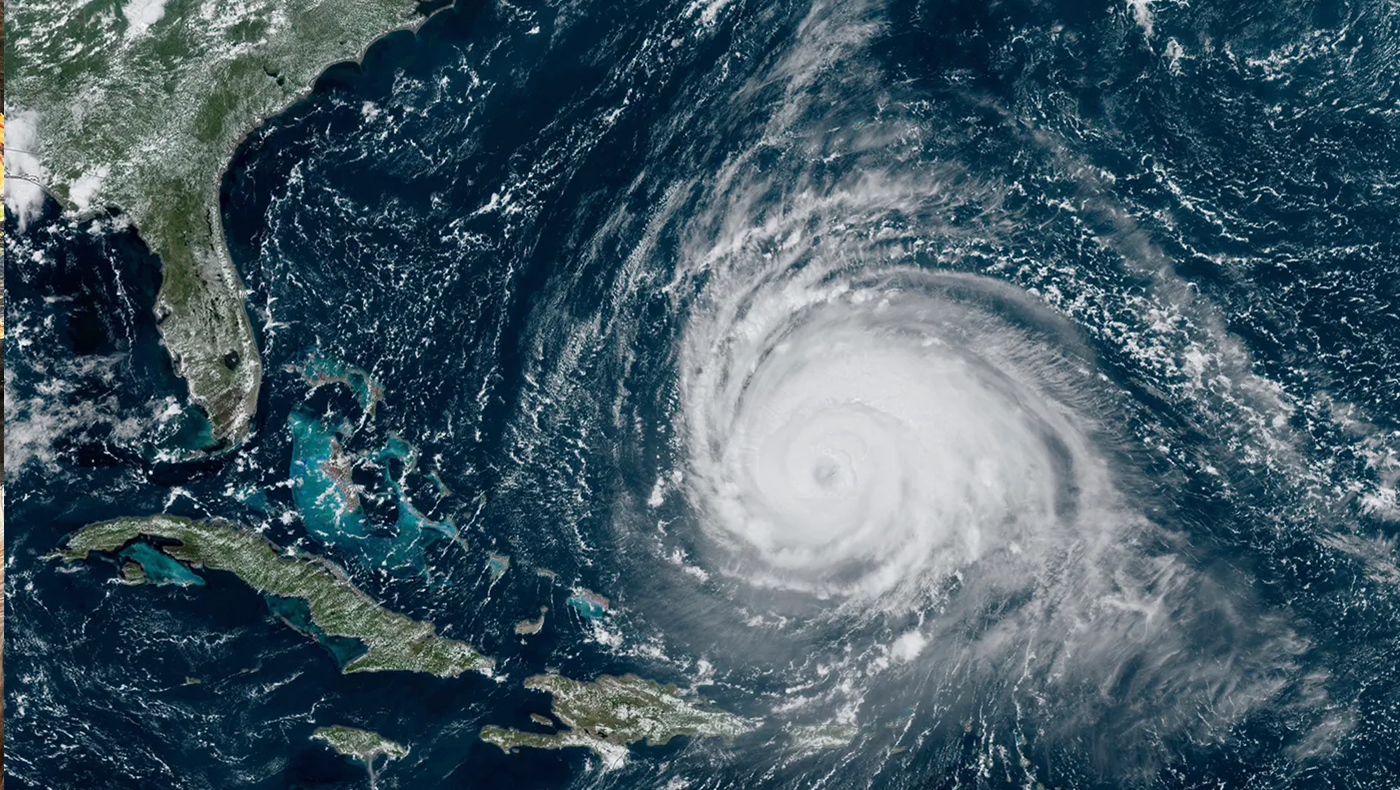As Hurricane Lee approaches, ocean sensors deployed by Northeastern researchers will study wave and storm surge

A hurricane is coming.
Northeastern researchers with the Department of Civil and Environmental Engineering are preparing for the storm.
“We’re trying to get as much data from the storm as we can, and it’s a huge effort to see what we have available to toss into the water,” Julia Hopkins, assistant professor of civil and environmental engineering and affiliated faculty in marine and environmental sciences, says Thursday. “But enough of us are working together that I think we’re going to get some interesting data out of this.”
Hurricane Lee is predicted to remain mainly offshore when it approaches New England early Saturday. But while most of the population will likely see rain and higher winds, Northeastern scientists see the storm as data.
Hopkins and Jim Chen, professor in civil and environmental engineering and marine and environmental sciences, will be monitoring wave action and storm surge in Boston Harbor near Quincy, a portion of Cape Cod and western Penobscot Bay in Maine.
They will be collecting data through buoys aligned with GPS to detect wave activity and pressure sensors that measure the weight of the water above them to record wave energy and storm surge. The scientists are part of a cohort of scientists along the East Coast who collect and share data from storms.
Chen spent Thursday deploying pressure sensors near Quincy, while Hopkins plans to spend Friday putting cameras out to record data.
Hopkins — whose lab studies nature-based solutions as coastal resilience strategies — says that Lee presents a unique opportunity.
“This is one of those rare instances where a hurricane is going to skim Boston and hit Maine,” Hopkins says. “It’s one of the few times where we might see something fairly significant.”
Read more from Northeastern Global News.
Photo by NOAA/NASA via AP
Author: Cyrus Moulton